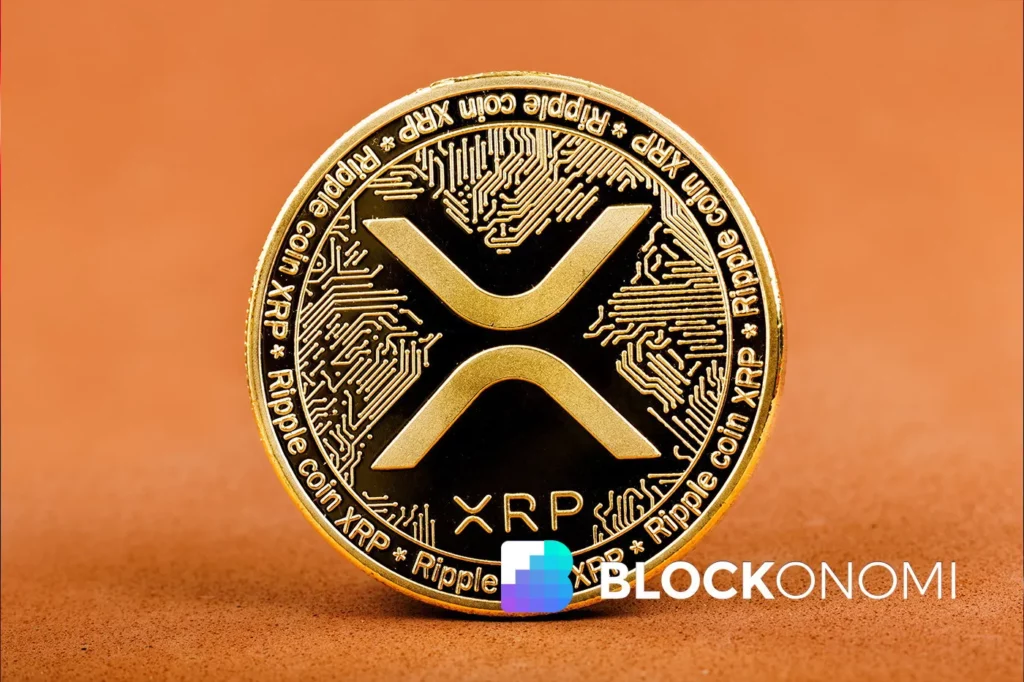
Banks Turn to XRP for Stability and Liquidity During Economic Strain
As the global economy continues to grapple with rising debt levels, increasing interest rates, and financial volatility, banks are increasingly turning to Ripple’s XRP as a reliable asset for stability and liquidity. In a move that underscores the digital currency’s growing importance in times of economic strain, financial institutions are opting for XRP’s fixed supply, institutional adoption, and cross-border utility.
XRP’s unique characteristics make it an appealing choice for banks seeking to maintain liquidity while minimizing exposure to volatility. Unlike traditional fiat currencies, which face inflation risks, XRP eliminates the potential devaluation of conventional money, allowing financial institutions to avoid the pitfalls associated with these risks. “XRP provides financial institutions with an efficient way to maintain liquidity, minimizing exposure to volatility,” notes Versan Aljarrah, co-founder of Black Swan Capitalist.
The adoption of XRP by central banks and financial institutions signals a significant shift towards integrating digital assets into traditional finance. Many central banks now hold XRP alongside gold as part of their liquidity management strategy. According to Ripple board member Rosie Rios, the primary purpose of XRP is to streamline cross-border payments, offering banks a fast and cost-effective solution during financial turmoil.
XRP’s infrastructure supports its adoption despite existing regulatory challenges. Aljarrah predicts that XRP will become particularly essential if defaults and margin calls accelerate, providing institutions with a vital tool for moving funds swiftly and stabilizing markets.
Source: blockonomi.com


